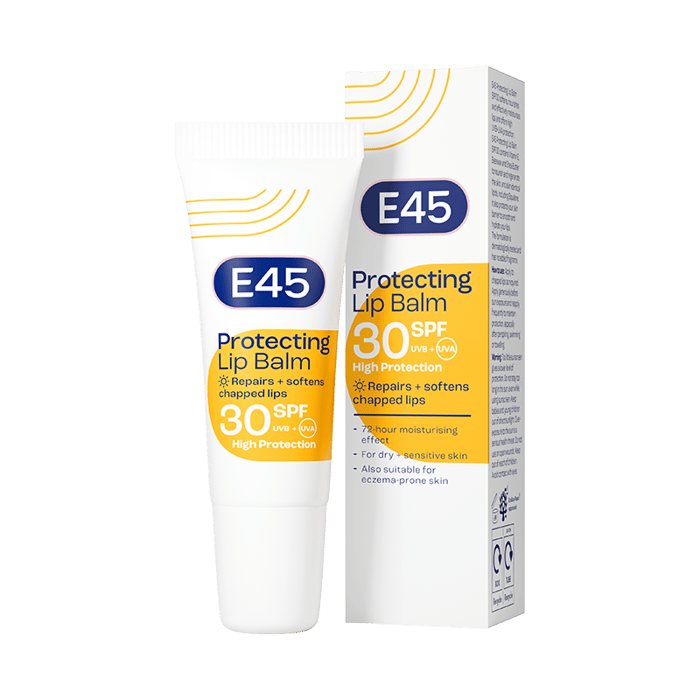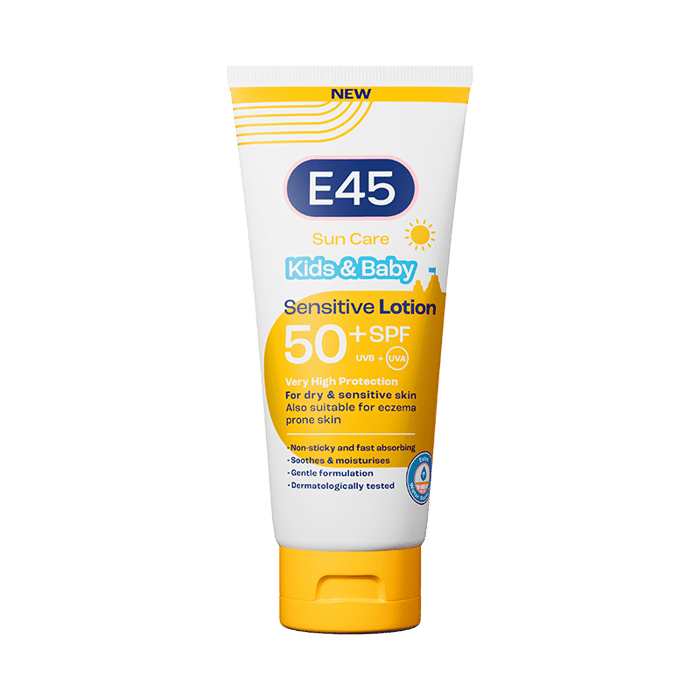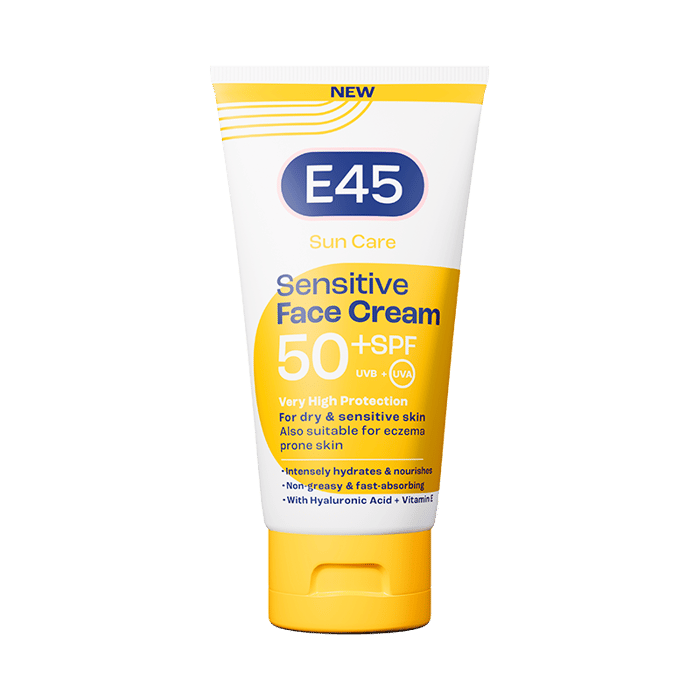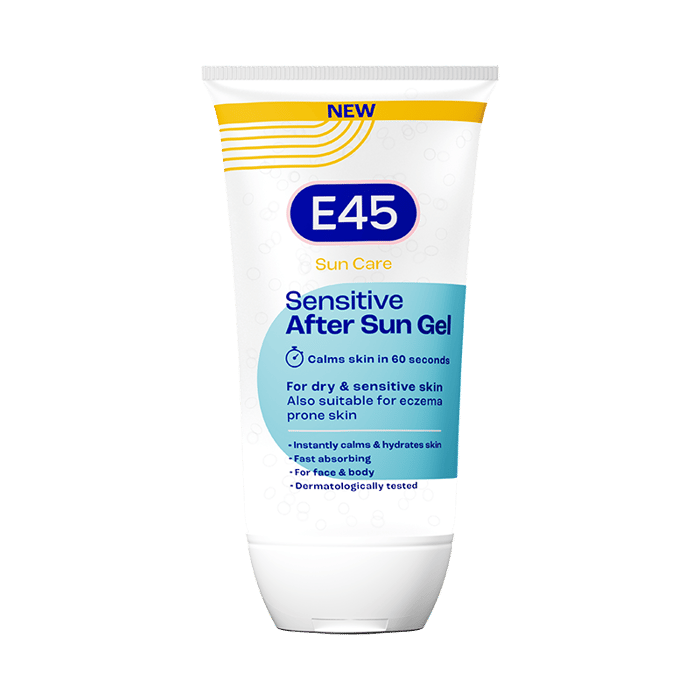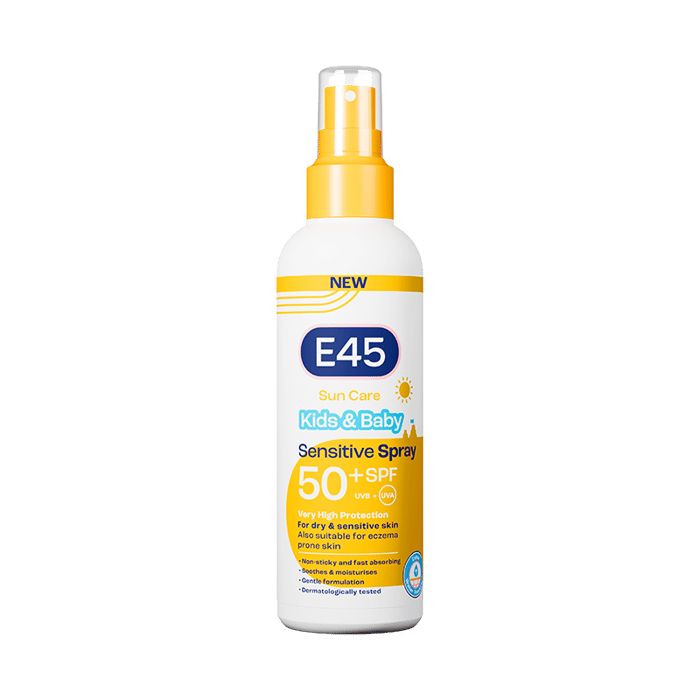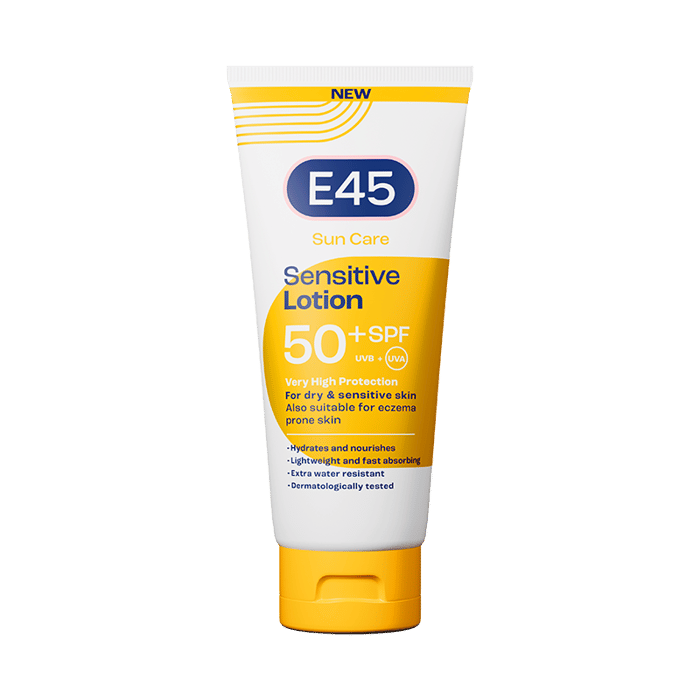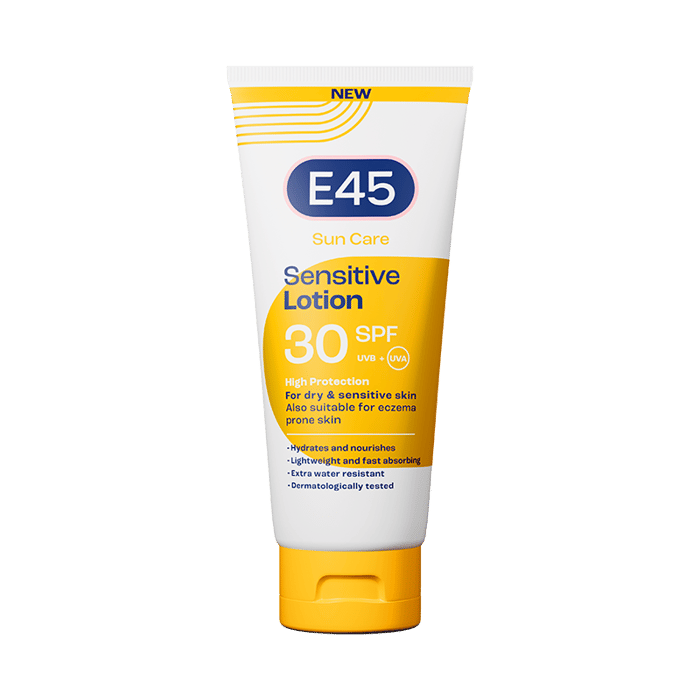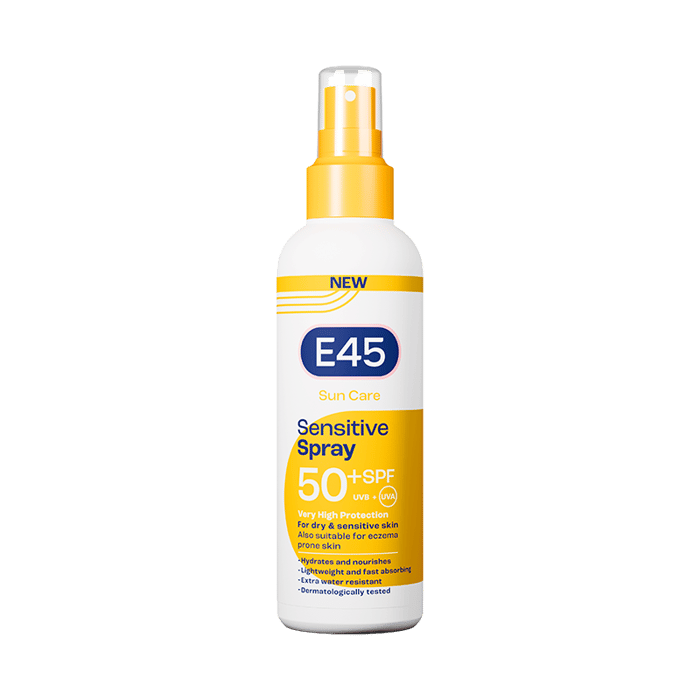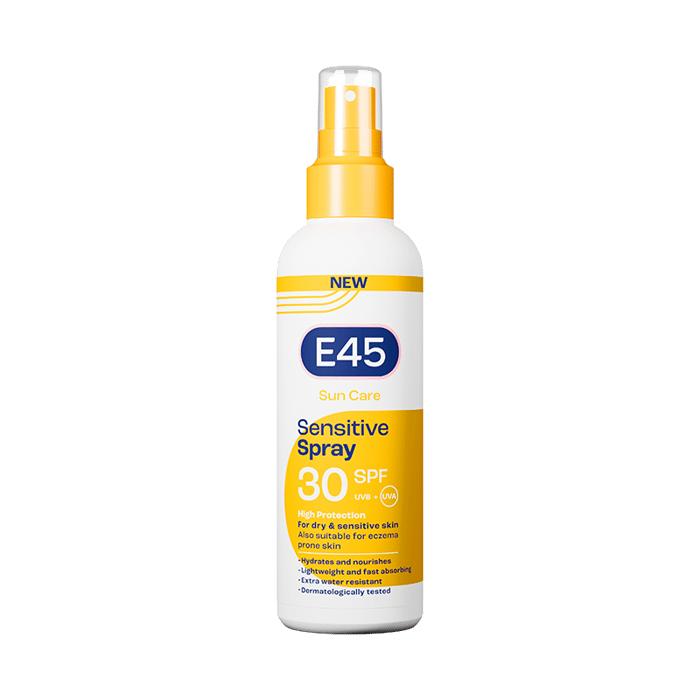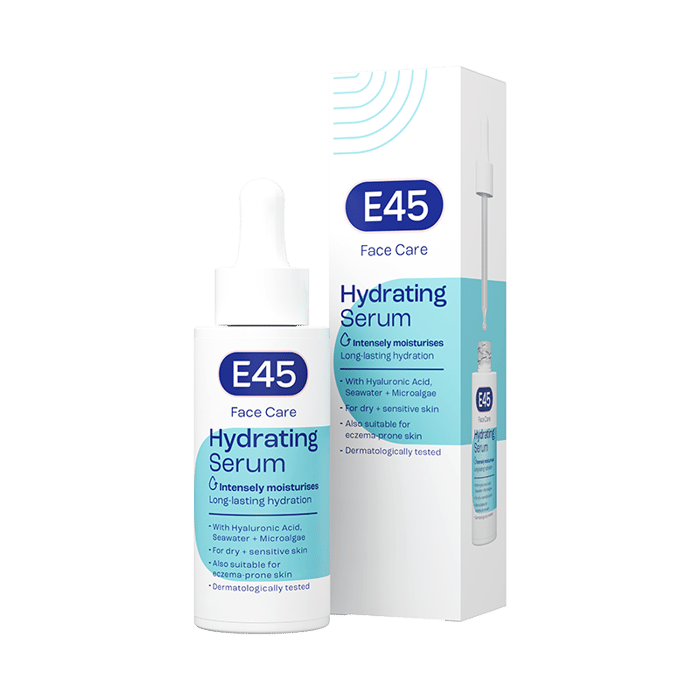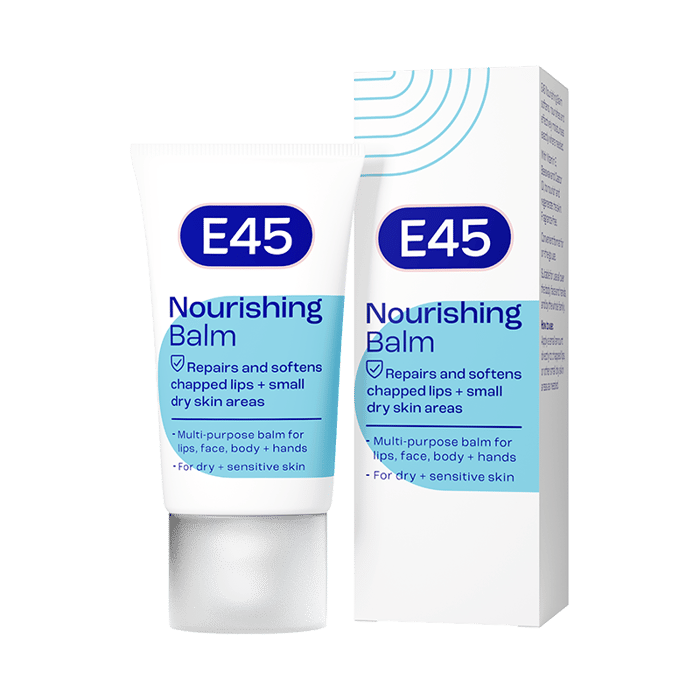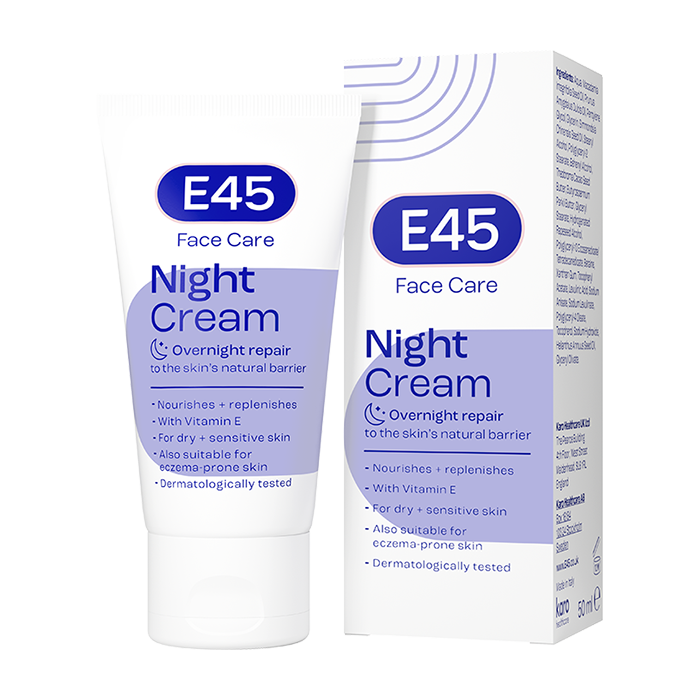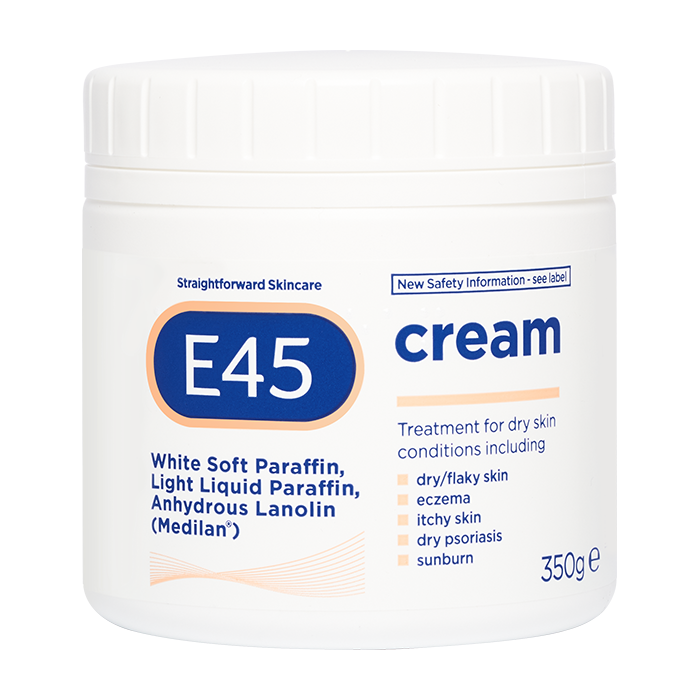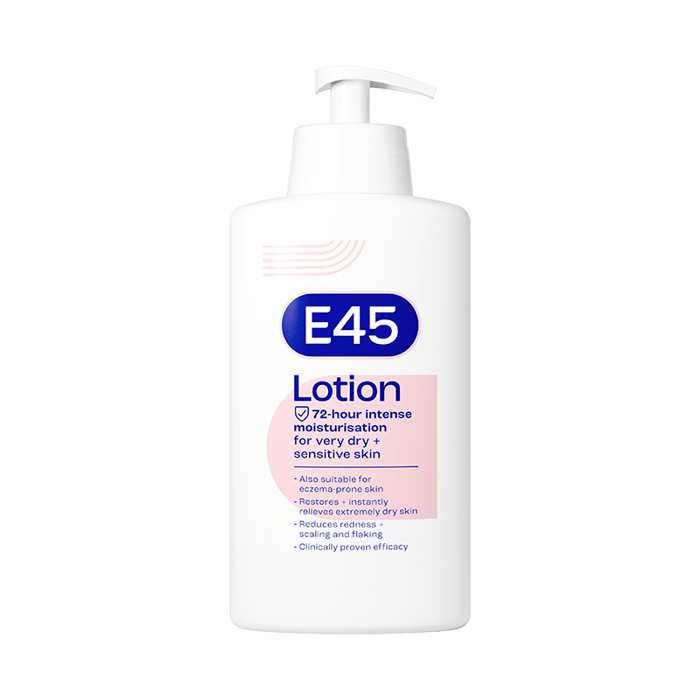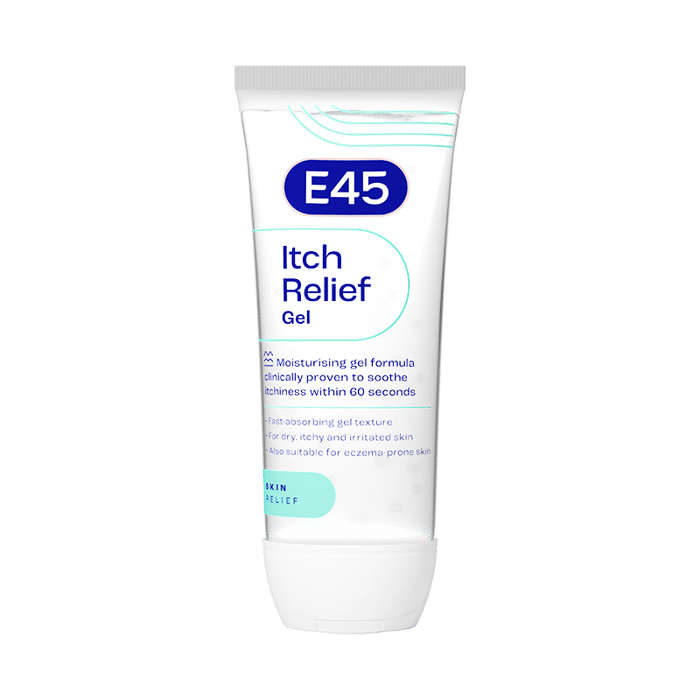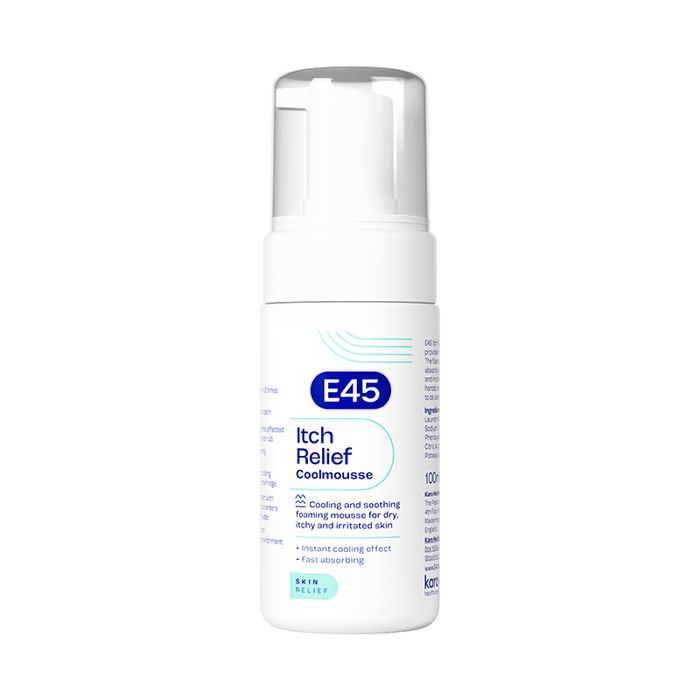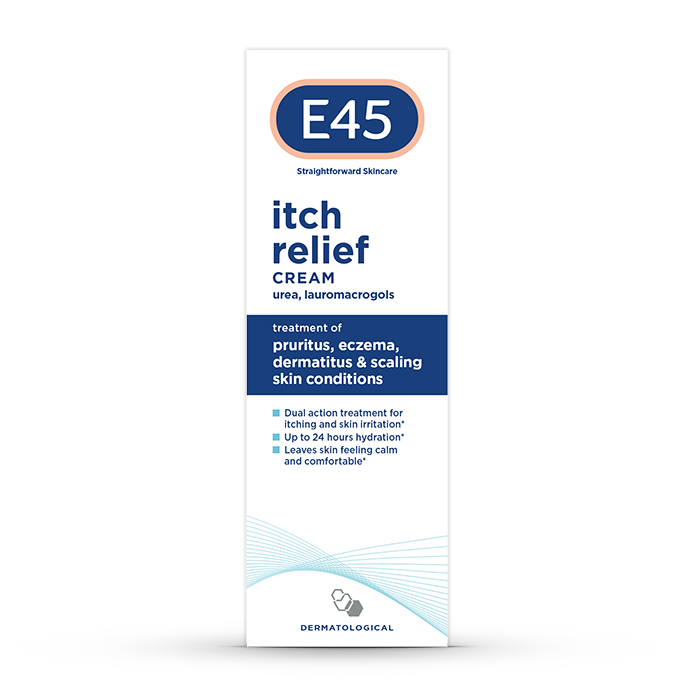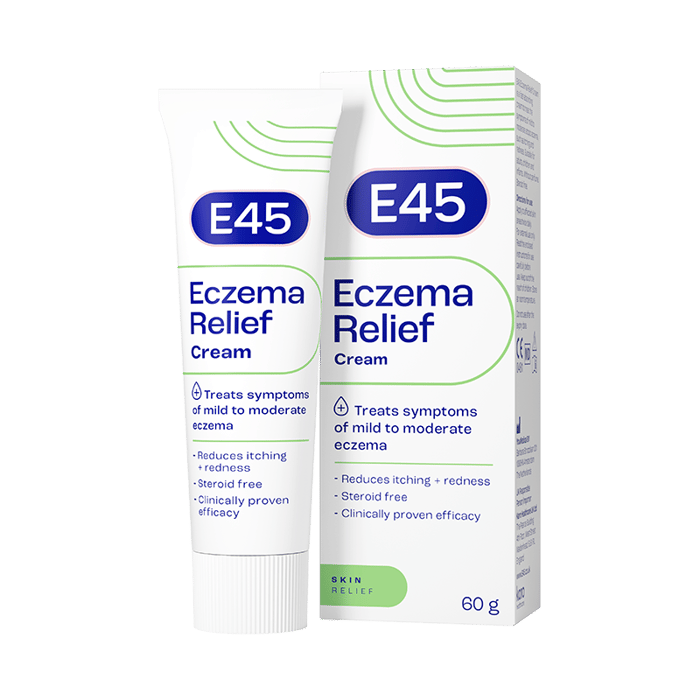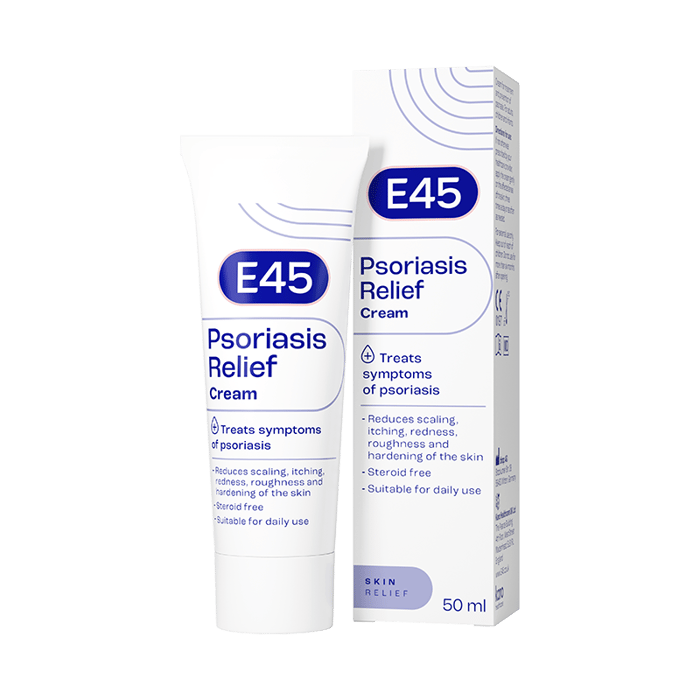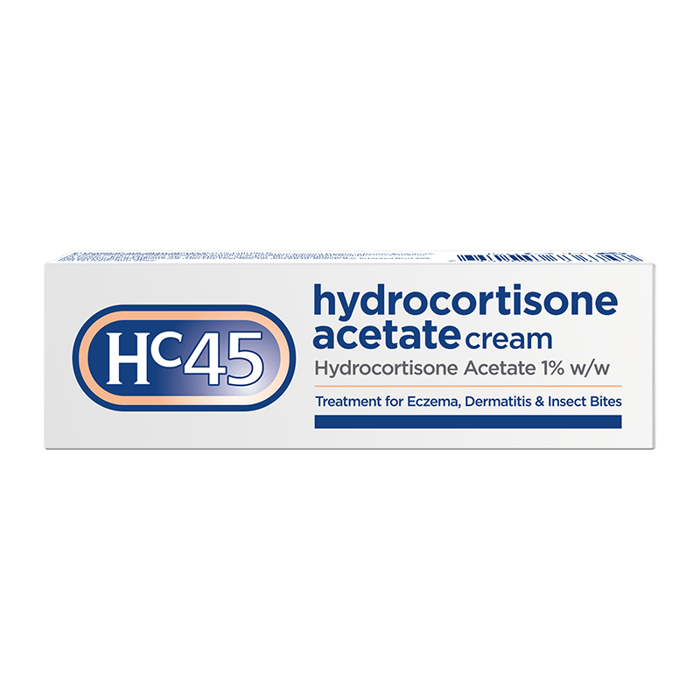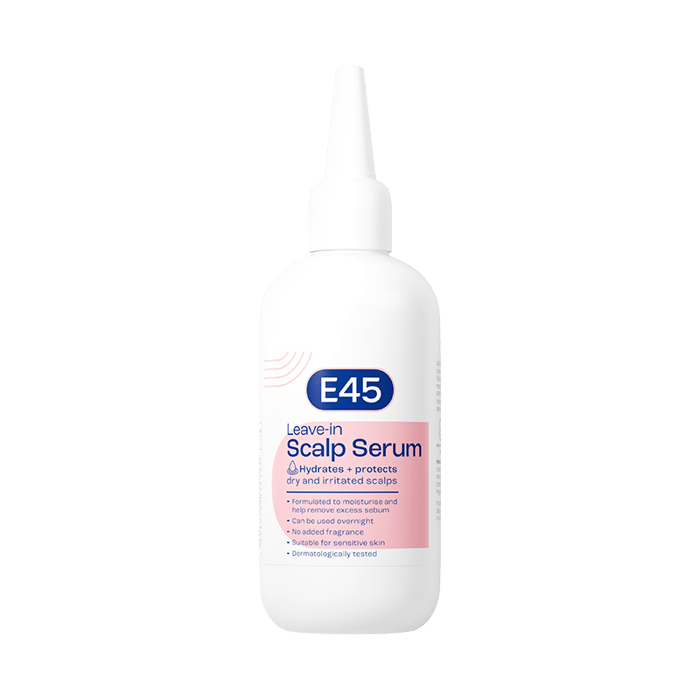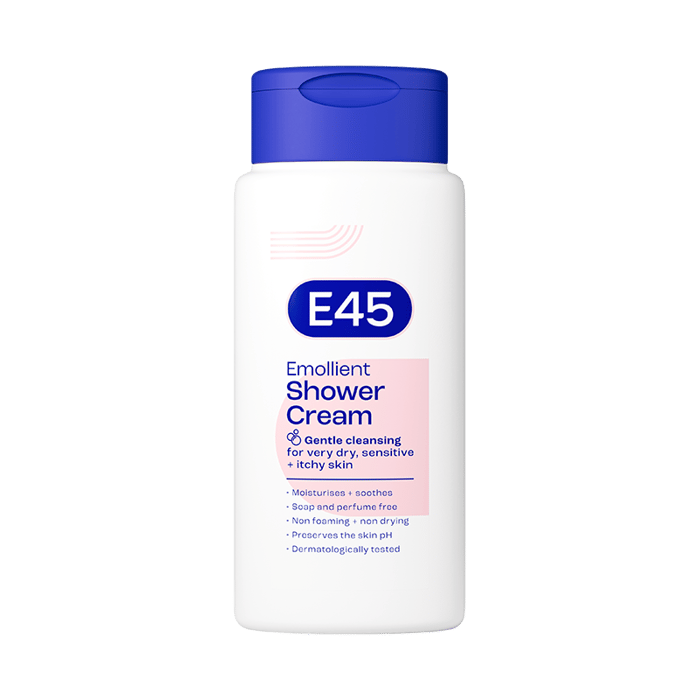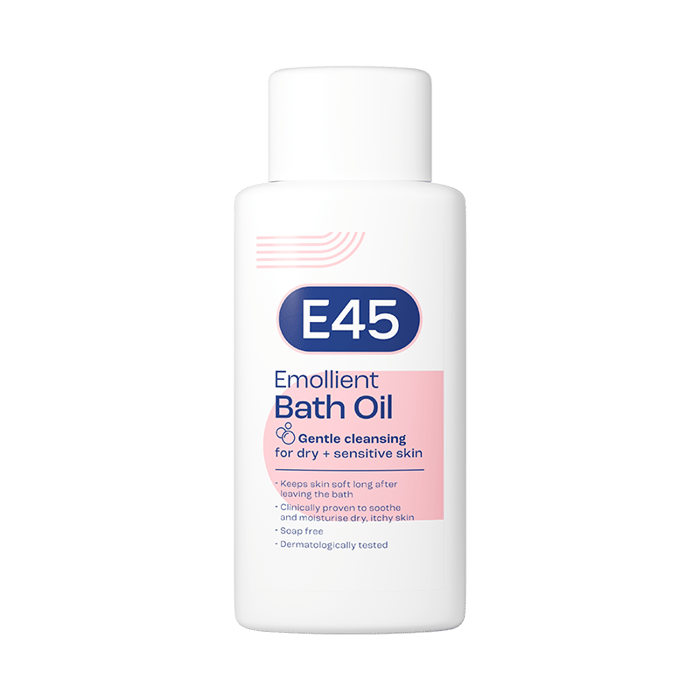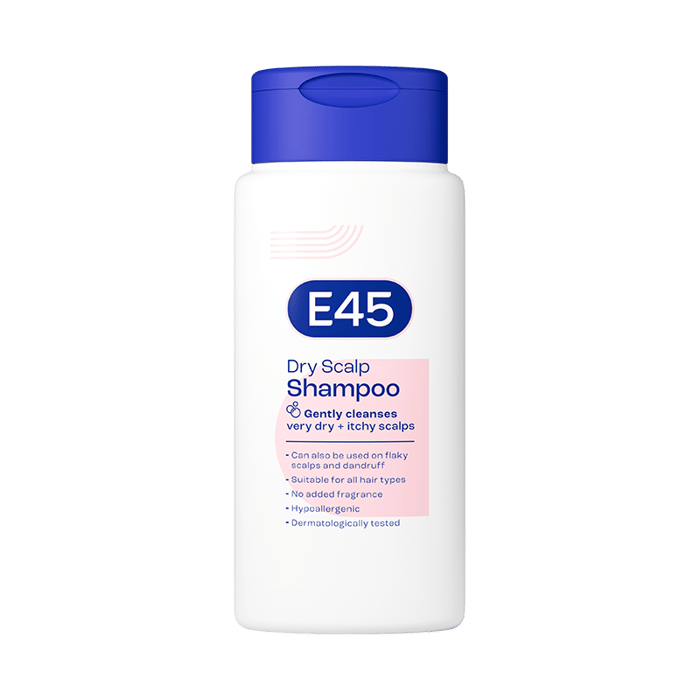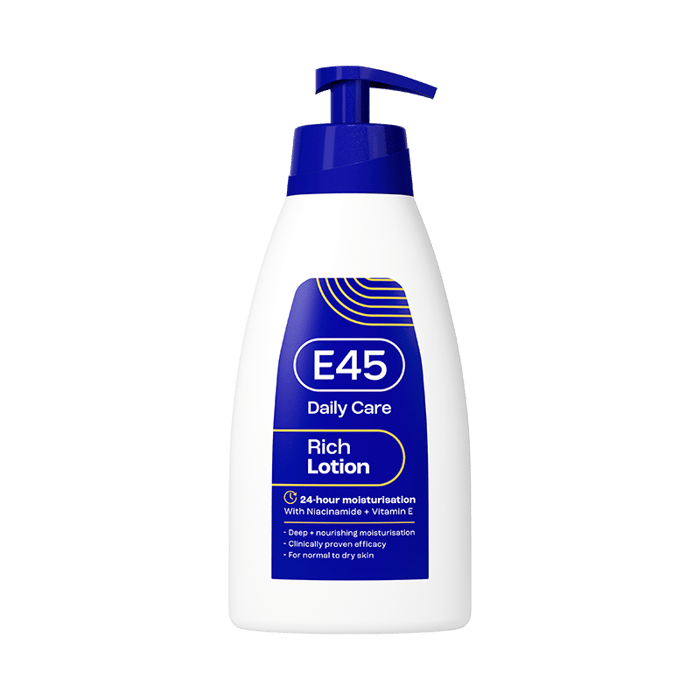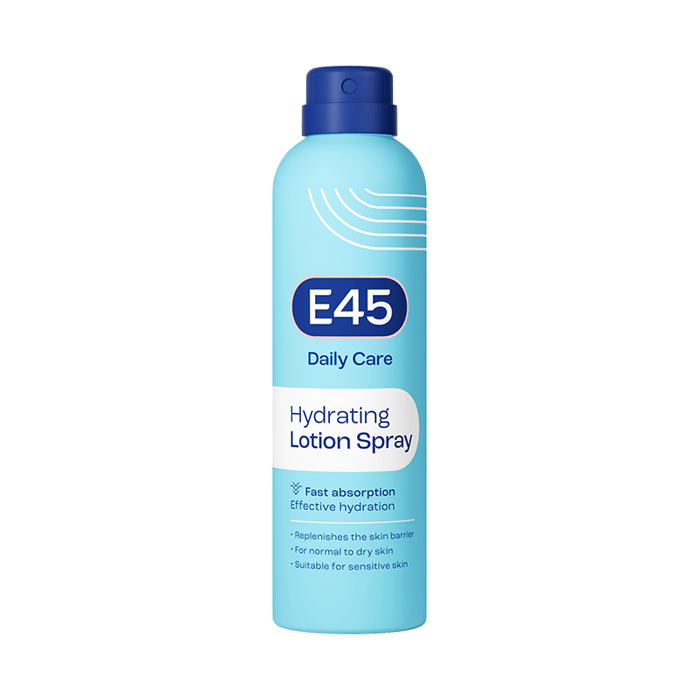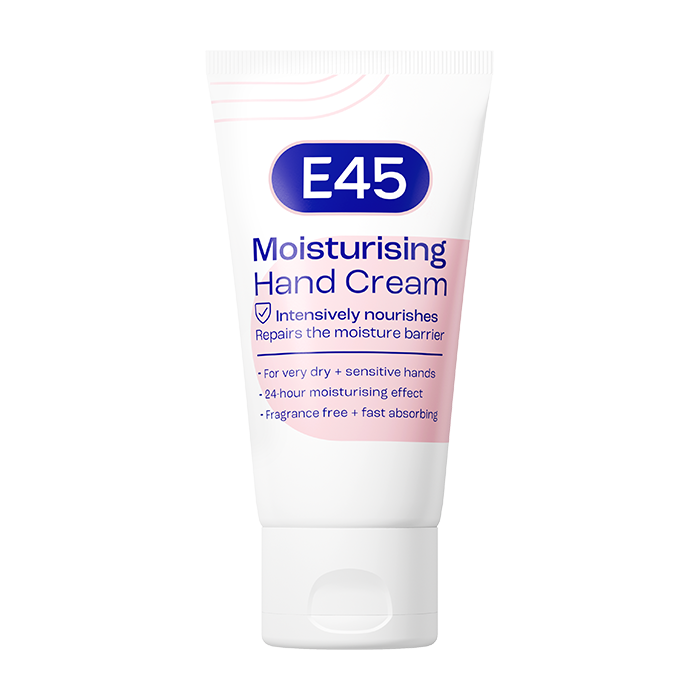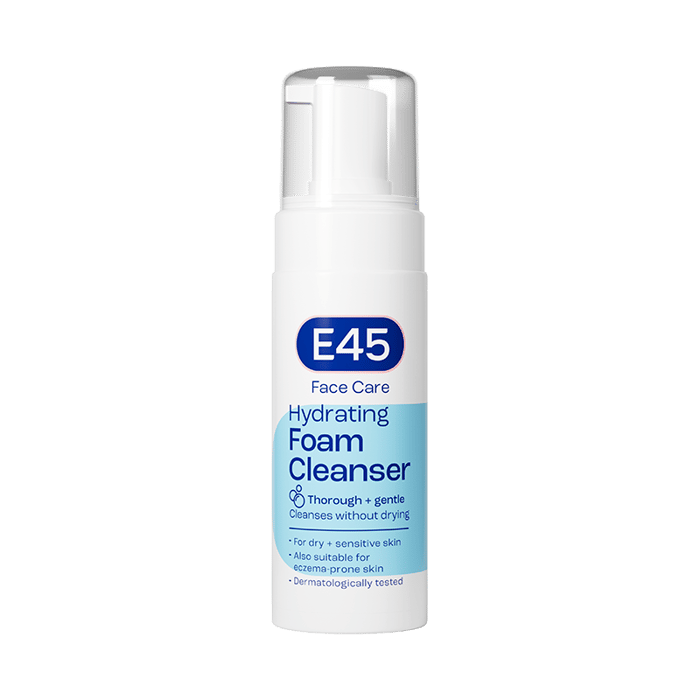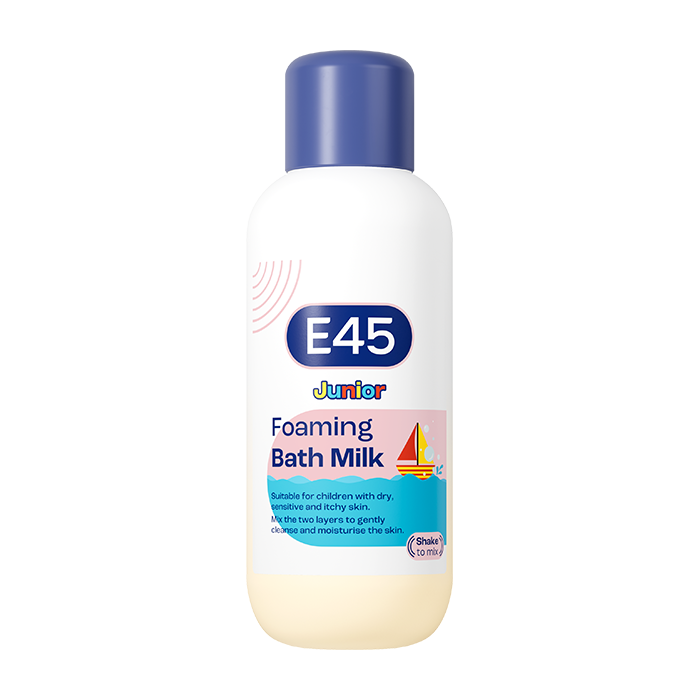Petroleum jelly and the skin: Benefits and uses
Petroleum jelly is a versatile ingredient used in a variety of skincare products. It’s renowned for its ability to create a protective barrier on the skin, lock in moisture and promote healing. In this article, we’ll explore the many uses and benefits of petroleum jelly for the skin, understand the potential side effects and offer guidance on how to incorporate it into your skincare routine.
What is petroleum jelly?
Petroleum jelly, also known as petrolatum and soft paraffin, is a semi-solid substance derived from crude oil that has been used for over a century in both medicine and skincare. It’s a refined mixture of hydrocarbons, primarily made up of mineral oils and waxes. Although its origin might sound unappealing, petroleum jelly is a safe and effective ingredient for promoting skin hydration and supporting the healing process.
The main function of petroleum jelly is to act as an occlusive agent, meaning it creates a protective barrier on the skin’s surface to prevent moisture loss. This makes it especially useful in products like ointments, lotions, balms and lip care treatments, as well as in medical settings for treating minor burns, cuts and dry skin conditions (Source).
Is petroleum jelly good for the skin?
Petroleum jelly is very beneficial for the skin thanks to its ability to create a protective seal that helps to retain moisture, repairs damaged skin and protects against external irritants. Its occlusive properties are what make it especially effective in preventing water loss, which is essential for maintaining skin hydration.
Despite being derived from petroleum, petroleum jelly is highly refined and purified before use in skincare products, making it non-comedogenic (so it doesn’t clog pores) and safe for most skin types, even sensitive skin. Its barrier-forming nature helps to shield the skin from environmental stressors, preventing further damage and irritation (Source).
Benefits of petroleum jelly for the skin
Deep moisture retention
One of petroleum jelly’s most celebrated benefits is its ability to deeply hydrate and lock in moisture. It works by forming a barrier on the skin that prevents water from evaporating, which helps to maintain skin hydration. This is particularly helpful for individuals with dry skin, as it helps to restore moisture levels and prevents dryness.
By reducing transepidermal water loss (TEWL), petroleum jelly ensures that the skin stays hydrated for a long time. This makes it an excellent choice for those with severely dry or flaky skin, as it helps to keep the skin smooth and nourished (Source).
Repairs dry and cracked skin
For skin that’s cracked or extremely dry, petroleum jelly acts as a healing agent. Its occlusive properties not only prevent moisture loss, but also protect open, damaged skin from external irritants like pollutants and bacteria. This makes it a popular treatment for conditions like eczema, psoriasis and dermatitis, where the skin is prone to dryness and cracking (Source).
E45 incorporates petroleum jelly into its formulations to enhance hydration and soothe dry, sensitive skin. E45 Cream combines petroleum jelly with emollient ingredients to treat dry skin conditions such as eczema and dermatitis. Similarly, E45 Itch Relief Cream uses petroleum jelly to lock in moisture and ease itchiness and irritation.
Petroleum jelly helps to speed up the healing process by creating a moist environment that’s conducive to tissue regeneration. Over time, it can help to restore the skin’s barrier function, reducing roughness and dryness.
Promotes wound healing
Petroleum jelly has been shown to support the healing of minor wounds, cuts and burns. When applied to injured skin, it forms a barrier that protects the area from infection and dehydration. Additionally, petroleum jelly can enhance the body’s natural healing processes by keeping the wound moist and preventing scabbing, which can reduce scarring (Source).
Its ability to keep the skin hydrated also helps in to accelerate the regeneration of new skin cells, leading to a smoother skin texture and reduced visible scarring.
Strengthens the skin barrier
The skin’s natural barrier is crucial for protecting against environmental aggressors like pollutants, bacteria and harmful UV rays. Petroleum jelly can help to fortify this barrier by sealing in moisture and preventing the skin from losing its natural hydration. As a result, it can help the skin to become more resilient and less prone to damage.
A stronger skin barrier also means that the skin is better equipped to defend against irritation and inflammation, which is beneficial for those with sensitive skin or conditions like rosacea and eczema (Source).
Protects against environmental damage
Petroleum jelly acts as a shield against environmental factors such as wind, extreme temperatures and pollutants. Its protective layer keeps the skin safe from harsh elements, preventing the aggravation of dryness and irritation. This is why many lip balms and winter skincare products include petroleum jelly – it protects delicate skin on the lips and other exposed areas from becoming chapped or windburned (Source).
What skin types can benefit from using petroleum jelly?
Petroleum jelly is suitable for all skin types, although it’s particularly beneficial for those with dry, damaged or sensitive skin. Here’s a breakdown of how different skin types can benefit from petroleum jelly:
- Dry skin: Petroleum jelly provides intense moisture retention, which is perfect for individuals struggling with dryness. It can help to keep skin hydrated and soft by preventing water loss.
- Sensitive skin: Petroleum jelly is gentle and non-irritating, making it ideal for sensitive skin prone to irritation or conditions like eczema and rosacea. It can also help to calm inflamed skin while preventing further dryness.
- Oily and acne-prone skin: While petroleum jelly is an occlusive agent, its non-comedogenic properties make it safe for those with oily skin. However, it’s recommended to use it sparingly on acne-prone areas to avoid excess oil build-up.
- Ageing skin: For ageing skin, petroleum jelly can help combat dryness and maintain skin elasticity. It locks in moisture, improving the skin’s overall appearance and keeping it plump and firm.
Are there any side effects?
Petroleum jelly is generally considered safe for most skin types, but there are a few considerations to keep in mind:
- Clogged pores: Although petroleum jelly is non-comedogenic, it can potentially clog pores if used in excess, particularly for individuals with oily or acne-prone skin.
- Allergic reactions: While rare, some people may experience allergic reactions or irritation from petroleum jelly, especially if they are sensitive to other ingredients in products containing petroleum jelly. To minimise the risk, it’s always a good idea to patch test new products on a small area of your skin before widespread use. Additionally, if you have concerns or a history of skin sensitivities, it’s wise to consult with a healthcare professional before incorporating petroleum jelly into your routine.
For most people, the benefits of petroleum jelly far outweigh the risks, but it’s important to use it appropriately and monitor how your skin reacts.
Conclusion
Petroleum jelly has proven to be a versatile and effective skincare product with a range of benefits, from deeply hydrating dry skin to promoting wound healing and protecting the skin from environmental damage. Its ability to form a protective barrier that locks in moisture makes it a reliable option for those with dry, sensitive or damaged skin. While it is generally safe for most skin types, it’s essential to use it appropriately and consider your skin’s specific needs.
Whether you’re looking to heal chapped lips, soothe irritated skin or maintain hydration in harsh conditions, petroleum jelly remains a staple in both skincare and medical care. However, as with any product, it’s wise to patch test and consult with a healthcare professional if you have concerns about sensitivities or underlying skin conditions. By incorporating petroleum jelly into your routine, you can make the most of its benefits for healthy, nourished skin.
FAQ: Petroleum jelly and the skin
Can I use petroleum jelly every day?
Petroleum jelly can be used daily, particularly for dry or damaged skin. Its ability to lock in moisture makes it highly beneficial for areas prone to dryness, such as the elbows, knees, hands and feet. However, if you have oily or acne-prone skin, it’s important to apply it sparingly to avoid clogging pores. It can be especially useful as an overnight treatment to deeply hydrate and repair the skin.
Is petroleum jelly safe for sensitive skin?
Petroleum jelly is generally safe for sensitive skin. Its gentle, non-irritating formula works to soothe and moisturise the skin, making it an excellent option for those with conditions like eczema or psoriasis. It forms a protective barrier that prevents moisture loss, helping to calm irritation and reduce redness. However, if you’re prone to allergies or skin sensitivities, it’s always a good idea to patch test before using it widely.
Does petroleum jelly help with acne?
Petroleum jelly can be helpful for acne-prone skin in small amounts, but it should be used with caution. While it is non-comedogenic, meaning it generally doesn’t clog pores, its thick, occlusive nature can potentially trap excess oil and dirt if used excessively. It’s best to avoid applying petroleum jelly to areas already prone to breakouts, like the T-zone. Instead, apply it only to dry patches or healing areas.
How long does it take for petroleum jelly to help heal the skin?
The healing time with petroleum jelly depends on the severity of the skin issue. Minor cuts, scrapes and dry patches can show improvement within a few days of consistent use. The product helps by sealing in moisture, promoting faster tissue regeneration and preventing infection by acting as a barrier. For more severe wounds or conditions, it may take a few weeks to fully heal, depending on individual skin healing processes.
Can petroleum jelly be used for sunburns?
Petroleum jelly can help to soothe and moisturise sunburned skin, but it should only be used once the initial heat and redness have reduced. Applying petroleum jelly on fresh, hot burns can trap heat and potentially worsen irritation. Once the skin begins to cool down, you can apply a thin layer of petroleum jelly to keep the skin hydrated and prevent peeling.
Does petroleum jelly help with dry lips?
Petroleum jelly is a fantastic solution for dry, chapped lips. It creates an effective barrier that locks in moisture and helps to heal cracks. Applying a small amount of petroleum jelly to your lips before bed can help to keep them soft and smooth overnight. It’s especially useful in cold or dry weather when lips tend to dry out more quickly.
Can petroleum jelly prevent stretch marks?
While petroleum jelly won’t prevent stretch marks from forming, it can help to keep the skin moisturised and supple, potentially reducing the severity of stretch marks. Keeping the skin well-hydrated can improve its elasticity, making it less likely to tear during rapid expansion, such as during pregnancy or significant weight gain. Regular application can provide some comfort and prevent the skin from feeling tight.
Is petroleum jelly safe for use around the eyes?
Petroleum jelly is safe to use around the eyes, particularly for dry or irritated skin. It helps to hydrate the delicate skin around the eye area, reducing puffiness and dryness. However, it’s essential to avoid getting it directly into the eyes. Applying a thin layer at night can help replenish moisture and protect the skin from external irritants, leaving the area feeling softer and more hydrated.
Does petroleum jelly help with wrinkles?
While petroleum jelly doesn’t directly reduce the appearance of wrinkles, it can help improve the skin’s texture by keeping it moisturised. Its occlusive nature prevents moisture loss, which can help the skin stay plump and smooth, reducing the visibility of fine lines. It’s best used as part of a hydrating skincare routine for mature skin to keep it feeling soft and nourished.
Can I use petroleum jelly on my scalp?
Petroleum jelly can be used on the scalp to treat dryness or flakiness, especially in cases of dandruff or dry scalp. However, it’s essential to use it sparingly because it can be difficult to remove from hair. Apply a small amount to the scalp and leave it for a short period (no more than 30 minutes) before washing it out thoroughly with a clarifying shampoo. This can help to hydrate the scalp and alleviate dryness or irritation.
Sources
www.healthline.com/health/beauty-skin-care/petroleum-jelly
www.aad.org/public/everyday-care/skin-care-secrets/routine/petroleum-jelly
impactfactor.org/PDF/IJPCR/16/IJPCR,Vol16,Issue10,Article150.pdf
www.webmd.com/skin-problems-and-treatments/ss/slideshow-petroleum-jelly-uses
www.jaad.org/article/0190-9622(92)70060-S/abstract
www.sciencedirect.com/science/article/abs/pii/S0190962223011076

